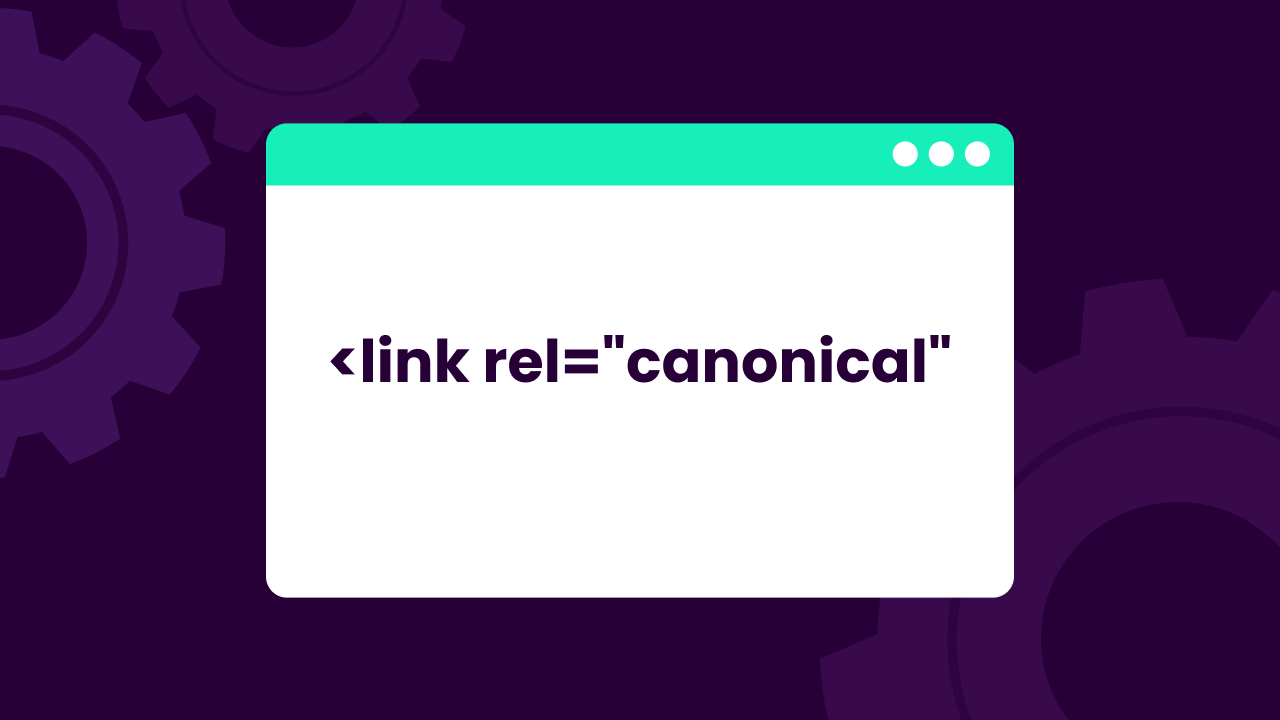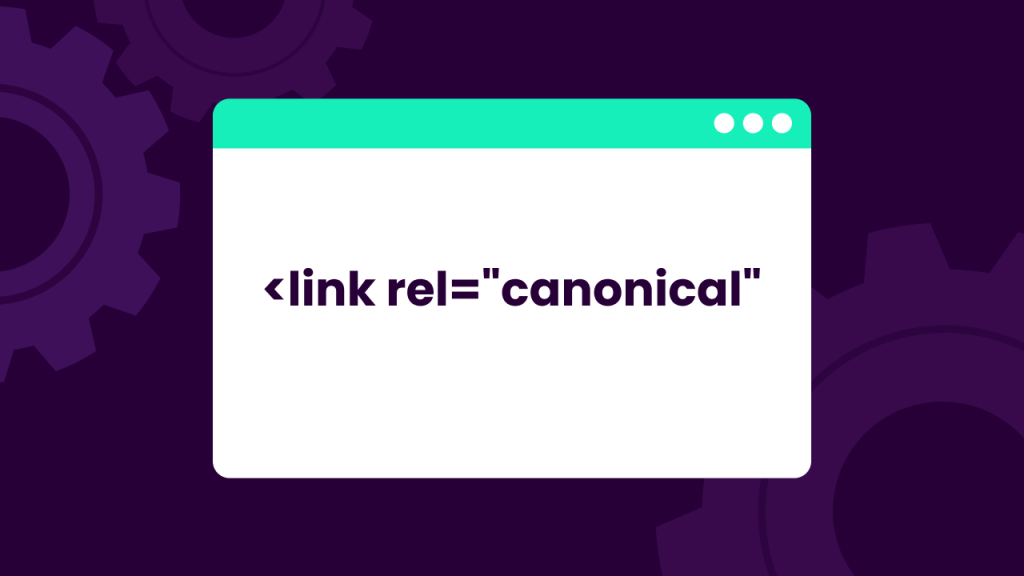If you’ve been in the SEO world for any length of time, you’ve probably heard about page speed. It’s one of the many ranking factors that Google takes into account when ranking websites.
In this article, we’ll describe what is page speed in SEO and explain why it matters. We’ll also provide some tips on how to improve your website’s page speed.
So what is page speed?
Page speed is simply the amount of time it takes for a web page to load.
Google uses a variety of ranking factors to determine how fast a web page loads, including the size of the files that make up the page, the number of requests made to the server, and the time it takes for the server to respond to those requests.
Google has said that page speed is a ranking factor, but it’s not clear how important it is.
In general, though, the faster your pages load, the better your chances of ranking well in Google.
That’s because faster pages provide a better user experience, and Google wants to give its users the best possible experience.

How To Improve Page Speed: SEO Best Practices
There are a few different ways to improve your page speed.
Enable Compression
One is to reduce the size of the files that make up your web pages. This can be done by optimizing images and using CSS sprites.
Optimize Images
Images are often the biggest files on a web page, so optimizing them can have a big impact on page speed.
When optimizing images, you want to find the balance between file size and quality.
Improve server request time
Another way to improve page speed is to reduce the number of requests made to the server.
This can be done by combining files, using a content delivery network, or caching.
Use A Content Delivery Network
Another way to improve page speed is to use a content delivery network (CDN).
A CDN is a network of servers that deliver content to users based on their geographic location.
Cache static content
Caching is a way of storing data in memory so that it can be accessed quickly.
When you cache static content, the server doesn’t have to go through the process of fetching it from the database every time a user requests a page.
Reduce Redirects
Redirects add an extra step to the process of loading a web page, so reducing them can improve page speed. One way to reduce redirects is to use relative URLs instead of absolute URLs.
Reduce the amount of time it takes for the server to respond to requests
Finally, you can improve your page speed by reducing the time it takes for the server to respond to requests. This can be done by optimizing your database and using a faster web host.
Best Tools To Measure Your Page Speed
There are several different tools you can use to measure your page speed.
Let’s check out some of them!
Google Page Speed Insights
Google’s PageSpeed Insights tool is a good place to start. This tool will give you a report on the areas where your website needs improvement.
GT Metrix
Another popular tool is GTmetrix. This tool not only measures page speed but also provides suggestions on how to improve it.
Pingdom
Pingdom is another tool that measures page speed and provides recommendations on how to improve it.
WebPageTest
Finally, WebPageTest is a tool that allows you to test your page speed from multiple locations around the world.
Plugins to Improve Page Speed in WordPress
If you’re using WordPress, there are a few plugins you can use to improve your page speed.
WPRocket
WP Rocket is a caching plugin that speeds up your website by caching static content.
BJ Lazy Load
BJ Lazy Load is a plugin that delays the loading of images until they’re visible on the screen.
Autoptimize
Autoptimize is a plugin that minifies HTML, CSS, and JavaScript files to reduce their size.
What Are Core Web Vitals?
Core web vitals are a set of metrics that measure the performance of a website.
The three core web vitals are:
– Largest Contentful Paint: This measures how long it takes for the largest element on the page to load.
– First Input Delay: This measures how long it takes for the page to become interactive.
– Cumulative Layout Shift: This measures how much the page layout shifts during loading.
Conclusion
Page speed is a ranking factor in Google, so it’s important to make sure your pages are loading quickly.
There are a few different ways to improve your page speed, including reducing the size of files, reducing the number of requests made to the server, and using a content delivery network.
You can also improve your page speed by caching static content and reducing redirects.
Finally, you can use a tool like Pingdom or GTmetrix to measure your page speed and get recommendations on how to improve it.
If you’re using WordPress, there are also a few plugins you can use to improve your page speed.
What are some other ways you’ve found to improve your page speed? Let me know in the comments below!












